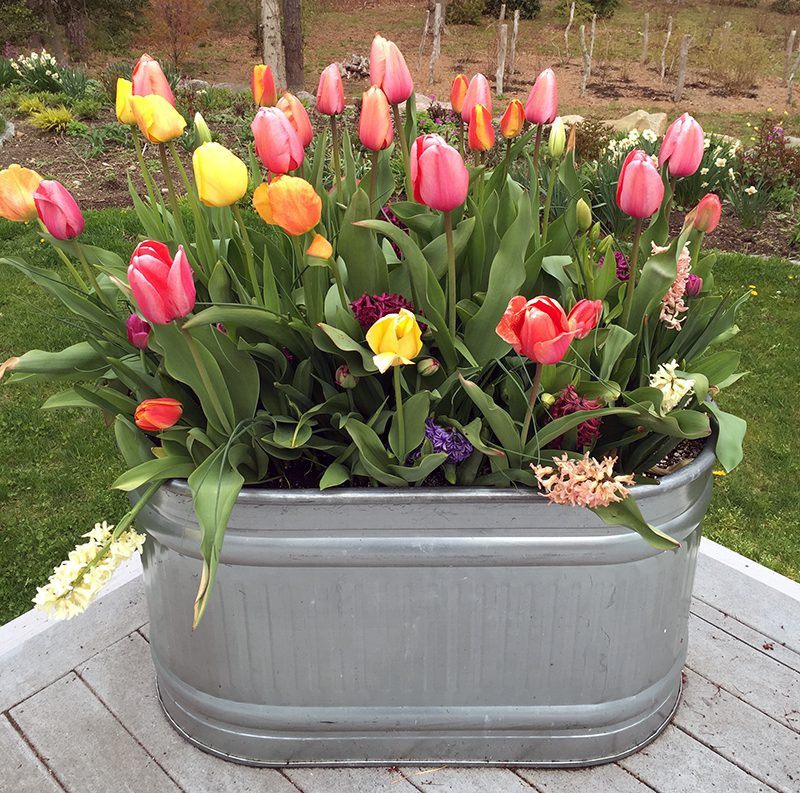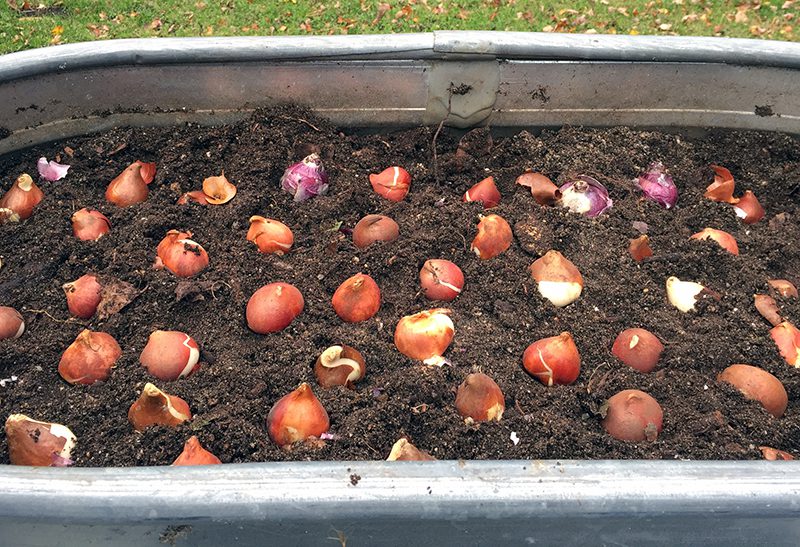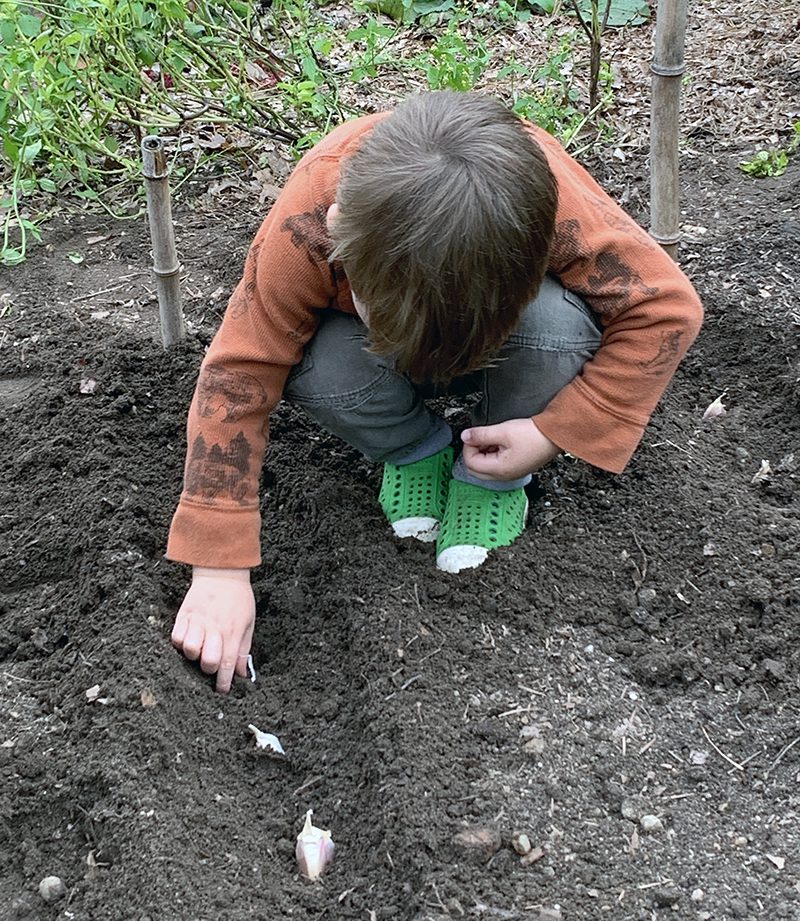In The Fall, Think Spring!
In The Fall, Think Spring!
Give yourself a gift this fall: plant bulbs. The first benefit is that the planting takes you outside in the warm sun and cool air that is so pleasant on Cape Cod. Secondly, in the season where the shortening days and falling temperatures have people mourning the end of summer, you’re doing something hopeful that looks forward to spring. Both the act of planting in autumn and the anticipation of the flowers to come are life-affirming celebrations of the seasons, and this year in particular we need all the small festivities we can get.
Here are some tips for bulb planting in the next couple of weeks.
- Scatter some organic fertilizer over the top of the area where you’re going to plant your bulbs. Some of this will get mixed into the soil when you plant, and the rest will amend the area from the top down. This is far better than putting fertilizer in the bottom of the hole when you plant your bulbs.
- If you don’t have a formal style garden, plant your bulbs in groups not in lines. Some people gently toss the bulbs into the area and plant them where they end up. Others just dig holes that are just a bit random, but in a “puddle” not in strict formation.
- Don’t bury bulbs too deeply. Research done over the past few years at Cornell University has demonstrated that tulips in particular do better when planted only three inches deep, and are then covered with about an inch or two of mulch.
- If you want bulbs that are reliably perennial, plant crocus, narcissus and grape hyacinths. Tulips sometimes come back a second or third year, but they aren’t a bulb for long life in the garden. They are, however, so cheerful and colorful in the spring that they’re worth planting every year.





Posted in Uncategorized
Subscribe To Our Newsletter
Sign up for our weekly email about sales and events.
